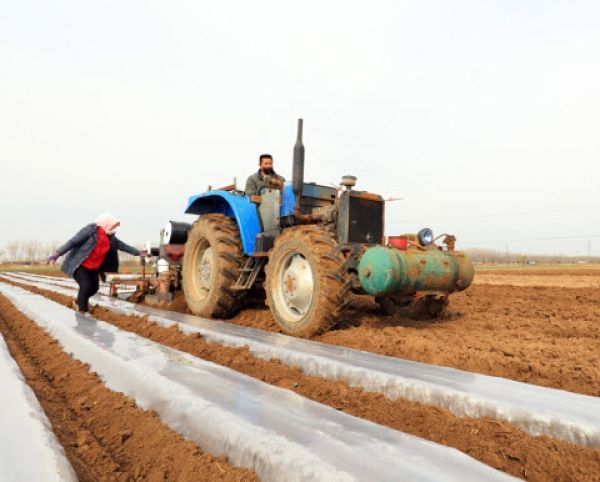Feeding the world’s growing population is one of the great challenges of the 21st century. This challenge is particularly pressing in China, which has 22% of the world’s population but only 7% of the global cropland. Synthetic nitrogen fertilizer has been intensively used to boost crop yields in China, but more than 60% of it has been lost, causing severe environmental problems such as air pollution, eutrophication of lakes and rivers, and soil degradation.
In a recent study, scientists from the University of Maryland Center for Environmental Science used historical records to shed light on sustainability policies for balancing food demand, crop production, trade expenditure, and the environmental degradation associated with food production in China.
“It is critical to understand and quantify the trade-offs of using international trade as one of the strategies for resolving food demand and environmental challenges,” said study co-author Xin Zhang of the University of Maryland Center for Environmental Science. “The lack of systematic approaches for assessing the impacts of trade on sustainability has been preventing us from understanding the synergies and trade-offs among different environmental and socioeconomic concerns related to trade and crop production.”
The study is among the few to consider both the socioeconomic and environmental impacts of crop trading, and is one of the pioneer studies to consider the impact of crop mixes in an import portfolio and domestic production.
Continue reading at University of Maryland Center for Environmental Science
Image via University of Maryland Center for Environmental Science


